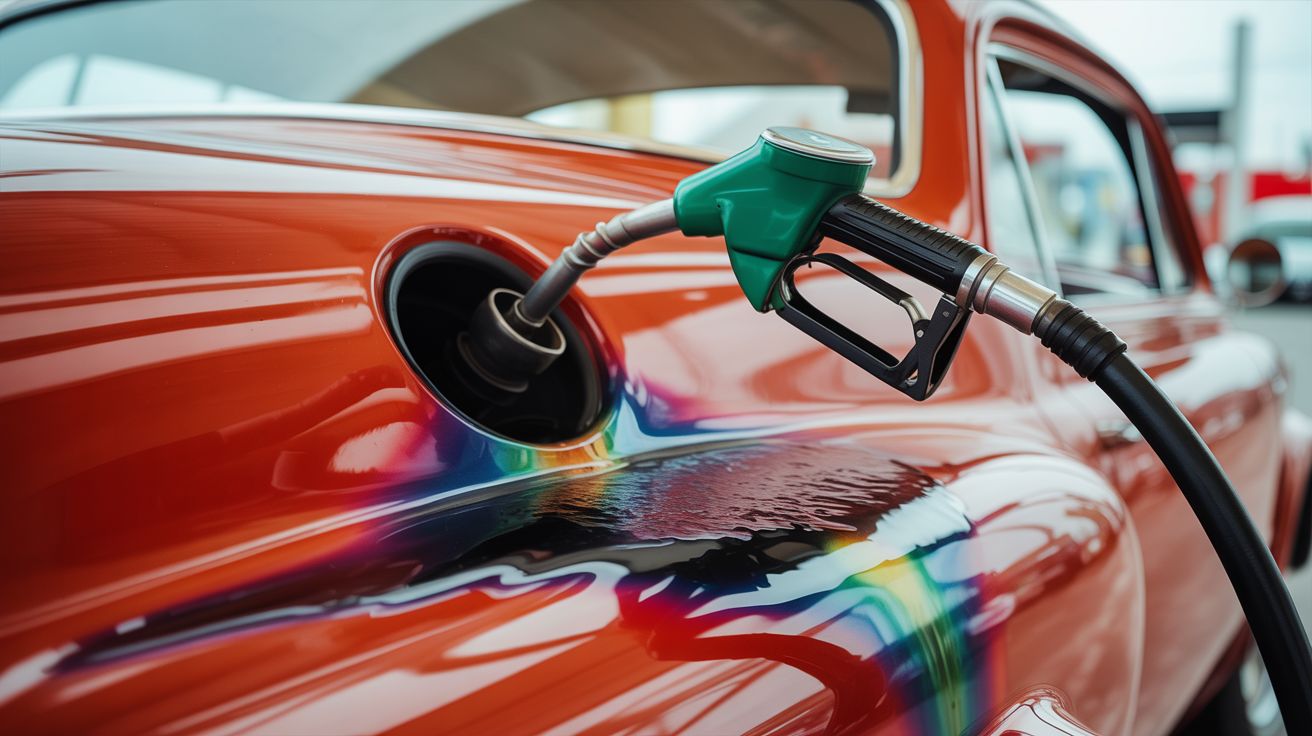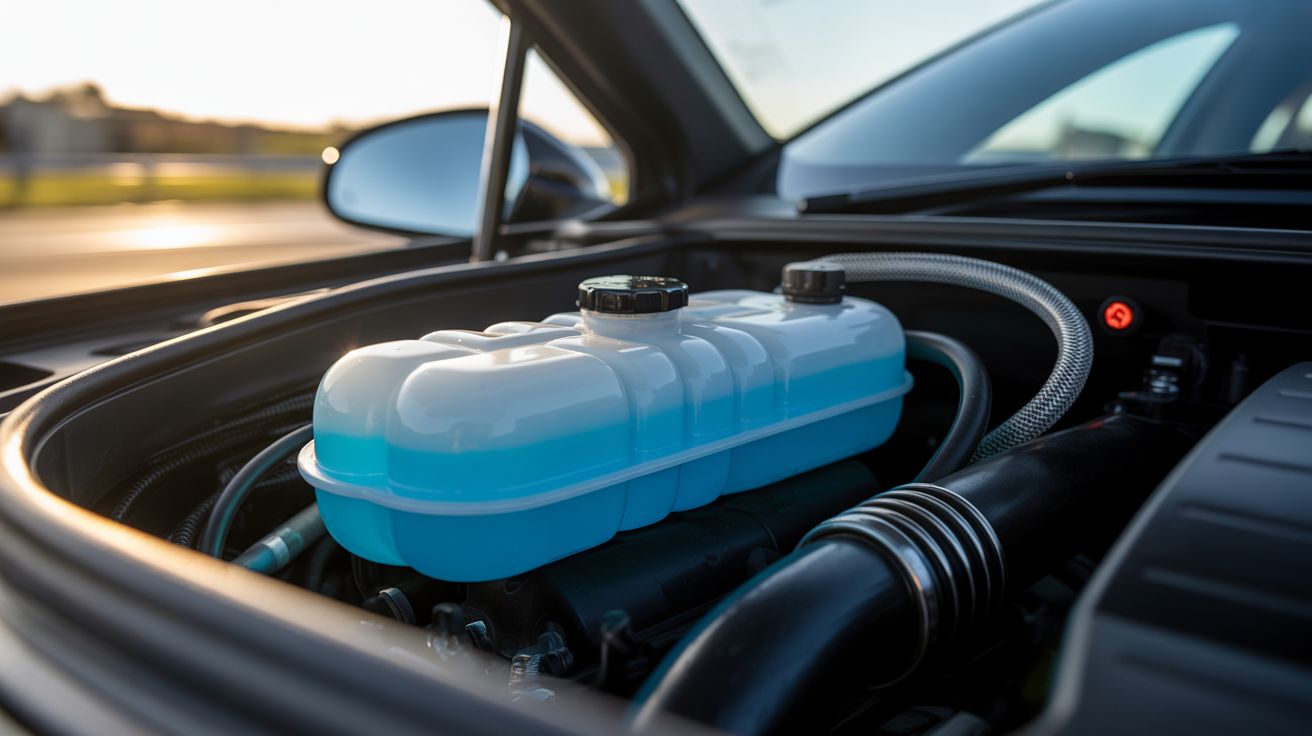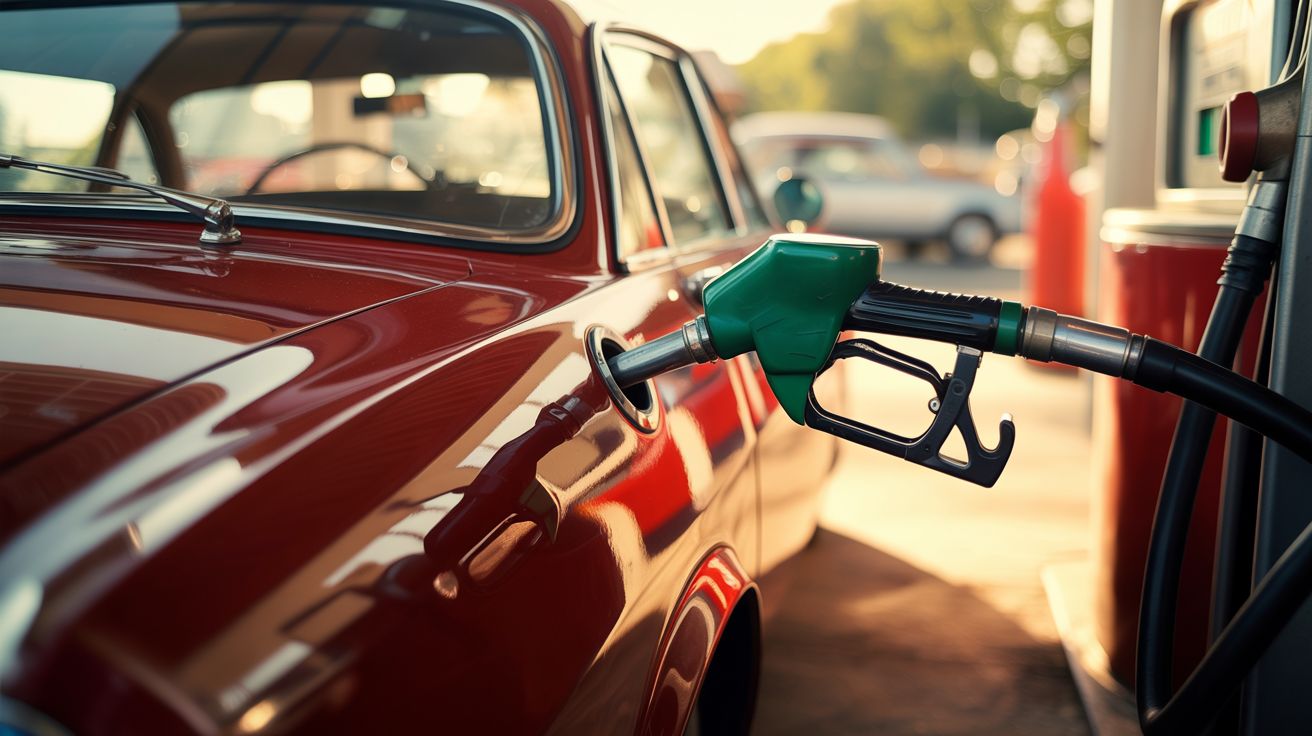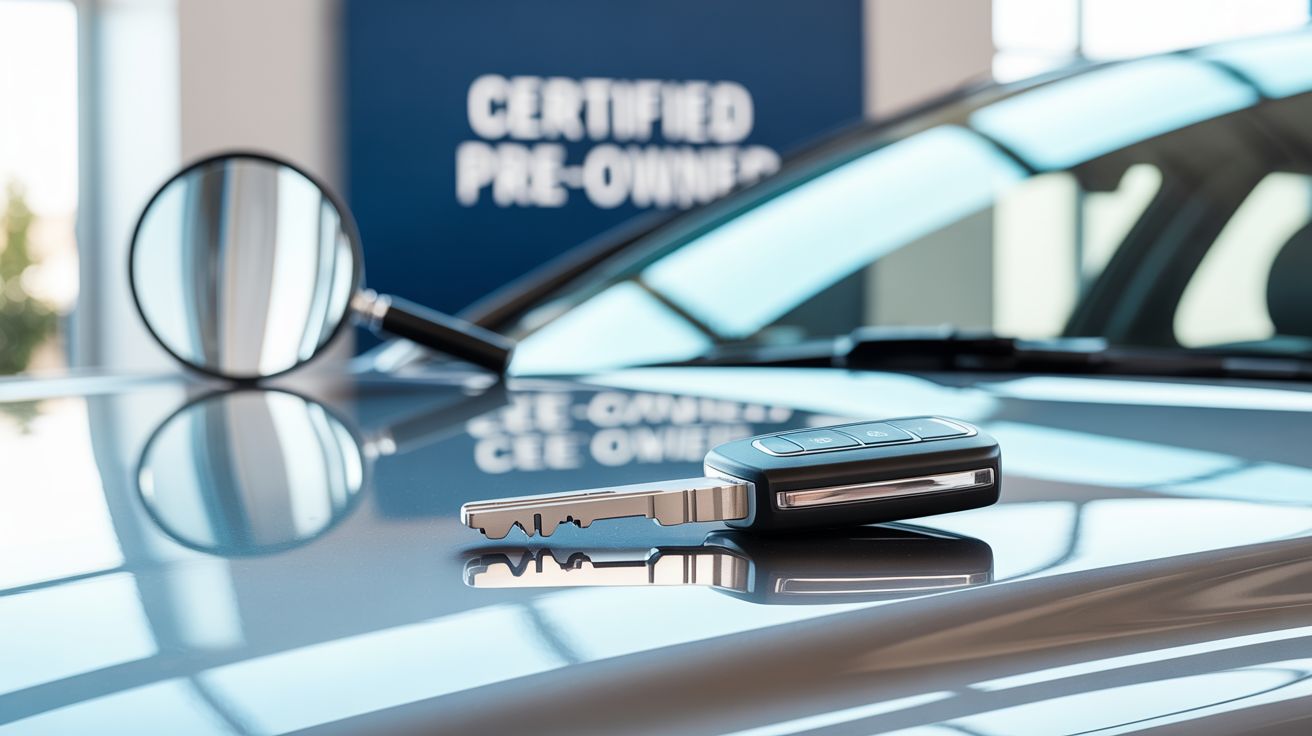The Gas Station Habit That's Slowly Killing Your Engine
Introduction: The Lingering Smell of Regret
Remember that time you were running late, the gas light was screaming at you, and you just topped off the tank to the very brim, even after the pump clicked off? We've all been there. Maybe you were trying to squeeze in every last drop to avoid another trip to the gas station. Or perhaps you were simply distracted. But that seemingly harmless habit, that little extra "oomph" at the pump, could be silently wreaking havoc on your car's engine and fuel system. It's a common practice, but one that can lead to costly repairs down the road. Let's explore why overfilling your gas tank is a bad idea and what you can do to prevent it.
In the grand scheme of automotive maintenance, overfilling your gas tank might seem like a minor offense. After all, we're constantly bombarded with information about oil changes, tire rotations, and brake inspections. But the cumulative effect of repeatedly topping off your tank can be significant. It's a slow burn, a gradual degradation of components that can ultimately lead to decreased fuel efficiency, increased emissions, and even engine damage. As the automotive landscape shifts towards electric cars and alternative transportation methods, understanding the nuances of maintaining our gasoline-powered vehicles becomes even more crucial.
The EVAP System: Your Car's Silent Guardian
At the heart of the problem lies your car's Evaporative Emission Control (EVAP) system. This system is designed to prevent harmful gasoline vapors from escaping into the atmosphere. It's a crucial component for environmental protection, and it's mandated by law in most countries. The EVAP system typically consists of a charcoal canister, various valves, and hoses that work together to capture and store these vapors. When the engine is running, the system purges these vapors and burns them, preventing them from polluting the air.
When you overfill your gas tank, you're essentially flooding the EVAP system with liquid fuel. This liquid gasoline can saturate the charcoal canister, rendering it ineffective. A saturated canister can no longer properly absorb fuel vapors, leading to a cascade of problems. Think of it like a sponge that's been soaked to its limit – it can't absorb any more water. The same principle applies to the charcoal canister in your car's EVAP system.
Charcoal Canister Catastrophe: A Costly Consequence
The charcoal canister is a vital component of the EVAP system, and replacing it can be surprisingly expensive. Depending on your car's make and model, a new canister can cost several hundred dollars, and that doesn't even include the labor costs for installation. Mechanics often need to access hard-to-reach areas of the car to replace the canister, which can significantly increase the overall repair bill. Ignoring the problem can lead to further complications, potentially affecting other parts of the EVAP system and even the engine itself.
Beyond the cost of replacement, a malfunctioning charcoal canister can also lead to other issues. For example, it can trigger the "check engine" light, which can be a source of anxiety and require diagnostic testing to resolve. It can also cause your car to fail emissions tests, preventing you from renewing your registration. In some cases, a saturated canister can even cause fuel to leak, posing a fire hazard. So, while topping off your tank might seem like a harmless way to save a few minutes, it can ultimately lead to a much bigger headache.
Fuel Efficiency Follies: Wasting Gas to Save Gas
Ironically, overfilling your gas tank can actually decrease your fuel efficiency. When the EVAP system is compromised, it can disrupt the delicate balance of air and fuel in the engine. This can lead to incomplete combustion, which means your engine isn't burning fuel as efficiently as it should. As a result, you'll get fewer miles per gallon, effectively negating any perceived savings from topping off the tank. It's a classic case of being penny-wise and pound-foolish.
Furthermore, the excess fuel that enters the EVAP system can also contribute to fuel evaporation. As the fuel sits in the saturated canister, it can evaporate and escape into the atmosphere, further reducing your fuel efficiency and increasing emissions. This is especially true in hot weather, when fuel evaporation rates are higher. So, by overfilling your tank, you're not only damaging your car's EVAP system but also contributing to air pollution and wasting precious fuel.
The Check Engine Light: A Cry for Help
One of the most common symptoms of a compromised EVAP system is the dreaded "check engine" light. This light can illuminate for a variety of reasons, but a saturated charcoal canister is a frequent culprit. When the EVAP system detects a problem, it triggers the check engine light to alert you to the issue. While the light itself doesn't tell you exactly what's wrong, it's a clear indication that something needs to be investigated.
Ignoring the check engine light is never a good idea. While it might seem tempting to simply ignore it and hope it goes away, doing so can lead to more serious problems down the road. A malfunctioning EVAP system can affect your car's performance, fuel efficiency, and emissions. It's always best to have the issue diagnosed by a qualified mechanic as soon as possible. They can use diagnostic tools to pinpoint the problem and recommend the appropriate repairs.
The Nozzle Knows Best: Trust the Click
The simplest way to avoid overfilling your gas tank is to trust the automatic shut-off mechanism on the gas pump nozzle. When the nozzle clicks off, it's a signal that the tank is full. Resist the urge to squeeze in a few extra drops. The nozzle is designed to prevent overfilling, and it's usually quite accurate. Trying to override the system can lead to fuel spilling into the EVAP system.
Think of the gas pump nozzle as a sophisticated sensor that's designed to protect your car and the environment. It's not just a simple valve; it's a carefully engineered device that's calibrated to detect when the tank is full. By trusting the click, you're not only preventing damage to your car but also saving yourself time, money, and potential headaches in the long run. It's a small change in behavior that can have a big impact.
Beyond the Pump: Other Fueling Faux Pas
While overfilling is a common mistake, there are other fueling habits that can also harm your car. For example, running your car on empty can also be detrimental. When the fuel level is low, the fuel pump has to work harder to draw fuel from the tank. This can lead to overheating and premature wear and tear on the fuel pump. Additionally, running on empty can also cause the fuel pump to suck up sediment and debris from the bottom of the tank, which can clog the fuel filter and injectors.
Another common mistake is using the wrong type of fuel. Always check your car's owner's manual to determine the recommended fuel octane rating. Using a lower octane fuel than recommended can lead to engine knocking and reduced performance. While using a higher octane fuel than recommended won't necessarily harm your engine, it's also unlikely to provide any significant benefits. Sticking to the recommended fuel type is the best way to ensure optimal performance and longevity.
The Future of Transportation: Electric Cars and Beyond
As the automotive industry continues to evolve, electric cars are becoming increasingly popular. These vehicles offer a cleaner and more sustainable alternative to gasoline-powered cars. Electric cars eliminate the need for gasoline altogether, which means you'll never have to worry about overfilling your tank or dealing with the complexities of the EVAP system. The shift towards electric transportation is a significant step towards reducing our reliance on fossil fuels and mitigating the environmental impact of driving.
However, even as electric cars gain traction, gasoline-powered vehicles will remain a significant part of the transportation landscape for many years to come. Understanding how to properly maintain these vehicles is crucial for ensuring their longevity and minimizing their environmental impact. By avoiding common mistakes like overfilling the gas tank, we can help extend the life of our cars and reduce our carbon footprint. Whether you're driving a classic car or considering a transition to electric cars, responsible automotive practices are essential for a sustainable future.
Conclusion: Break the Habit, Save Your Engine
Overfilling your gas tank is a seemingly harmless habit that can have significant consequences for your car's engine and fuel system. By understanding the workings of the EVAP system and the potential damage caused by overfilling, you can take steps to protect your vehicle and avoid costly repairs. Trust the click of the gas pump nozzle, avoid running your car on empty, and always use the recommended fuel type. These simple practices can help extend the life of your car and ensure optimal performance.
As the automotive world evolves with advancements in transportation and the rise of electric cars, responsible car ownership remains paramount. Whether you're behind the wheel of a gasoline-powered vehicle or considering the switch to an electric car, understanding the fundamentals of car maintenance is essential. So, break the habit of overfilling your gas tank, and take proactive steps to protect your engine. Your car – and your wallet – will thank you for it. Now, go forth and fuel responsibly!



